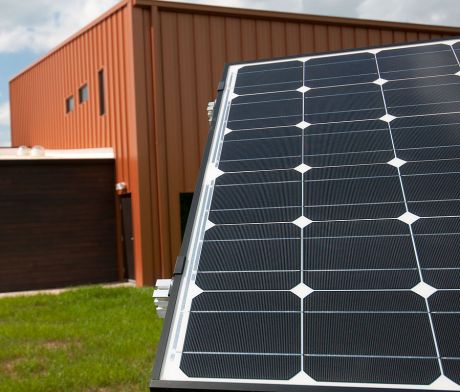Concentrated solar power (CSP) technologies have proven to be clean and very efficient power sources for providing electricity. Their efficient operation requires reliable forecasts of the incident irradiance. Currently used techniques for forecasting have their own merits and drawbacks. However, the uncertainty in the forecast of direct normal irradiation (DNI) is particularly large and must be reduced.
The EU-funded project
DNICAST (Direct normal irradiance nowcasting methods for optimized operation of concentrating solar technologies) is proposing innovative or improved methods and hardware that can be assembled by company experts to answer the specific needs of CSP plants.
A key line of research is to correlate satellite data and atmospheric models - numerical weather prediction - with information from whole-sky cameras and ground-based measurements. Combining these methods will offer more reliable DNI estimates given that none of these offer high spatiotemporal resolution. Accurate and reliable ground-based measurements of DNI, aerosol and cloud properties should help ensure optimised operation of CSP technologies. Another project objective is to calculate circumsolar radiation.
To fulfil the project goal, DNICAST members have collected requirements of short-term forecast methods that covered concentrated solar thermal and concentrated photovoltaics plants. User feedback on the advanced methods has been collected, and a workshop has been held for demonstrating the final version of the methods and their combinations.
If successful, DNICAST will allow plant owners to provide a more accurate estimate of power production for the grid operator. In addition, improved forecasts should enable fine-tuning some properties of the thermodynamic cycle - such as the working fluid - or the mirrors that concentrate solar radiation.

